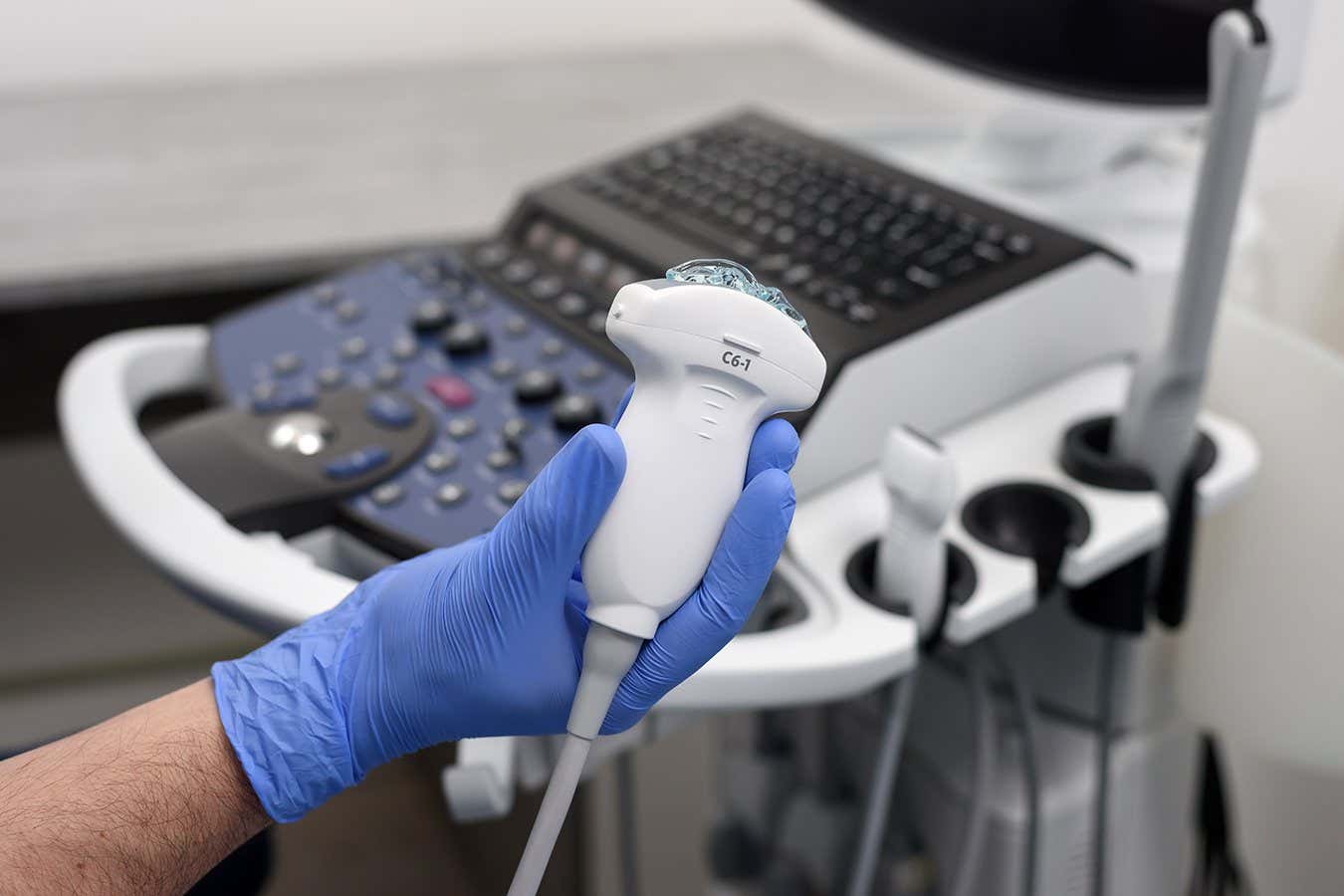- cross-posted to:
- [email protected]
- [email protected]
- cross-posted to:
- [email protected]
- [email protected]
Vaccines can be delivered through the skin using ultrasound. This method doesn’t damage the skin and eliminates the need for painful needles. To create a needle-free vaccine, Darcy Dunn-Lawless at the University of Oxford and his colleagues mixed vaccine molecules with tiny, cup-shaped proteins. They then applied liquid mixture to the skin of mice and exposed it to ultrasound – like that used for sonograms – for about a minute and a half.



History proves we do the cheapest, easiest, and fastest. So allow me to shit all over this idea…
Sure they might develop it faster or make a new more portable thing. But that’s going to take a long long time when no one gives a shit to invest money in a new thing when needles work.
As with all new inventions/procedures, this is just the first step. The process will become faster and more efficient in the future.
In my opinion, this is a great first step towards a Star Trek-like hypospray.
deleted by creator
No one is suggesting this be put in practice in its current form, that would be insane. That said, this is a good first step for alternative forms of vaccination. “First step” being the important part.
Removed by mod
You seem to be the only commenter here who recognizes that this would be amazing for pediatric patients - who coincidentally receive way more vaccines than adults.
Might be useful for those people whose blood doesn’t clot. Though I don’t know if a small syringe needle is even an issue for them anyway
Removed by mod
There’s more to full sedation than just “scared of dentists”, but it’s a start. Anyone who needs substantial work can get it done in 1 day on full sedation instead of a dozen shorter sessions. yes, “needs substantial work” often relates to “scares of dentists” (or relates to “was too damn poor for dentists”)
And I’m with you on hyper-hypodermic-phobia thing. People don’t realize that “fear of needles” does not manifest as a phobia, but as an acute body response. Getting a shot ruins me for a week, and often involves a doctor’s time because my vasovagal symptoms tend to need a little more expert observation. About 1/3 of the time I stop breathing for a short time. I’ve never needed life-saving measures, but they need to make sure that’s the case (lol).
So for doctor’s offices, it could easily become savings for them because of people who have responses to needles.
Why can’t we get intranasal vaccines?
I’d like to be an optimist when it comes to things like this, some people really really can’t stand needles and something like this would be great for them people. I hope it develops further.
I think it depends. I went to an ER once that threw me into a wheelchair when the world was spinning post-blood-draw and dropped me off in the hall saying “You’ll be fine!”. That hospital will never get an Ultrasound injector.
When I got my first COVID vax, however, I took up 20 minutes of the time of 2 on-call doctors and a nurse because my passing out often resembles a seizure. And then I took up one of their very few “just in case” beds for close to 90 minutes. Someone else with a problem with needles waiting for a vax had to wait for the bed to open up. They’d have killed to have said ultrasound injector for people like me.